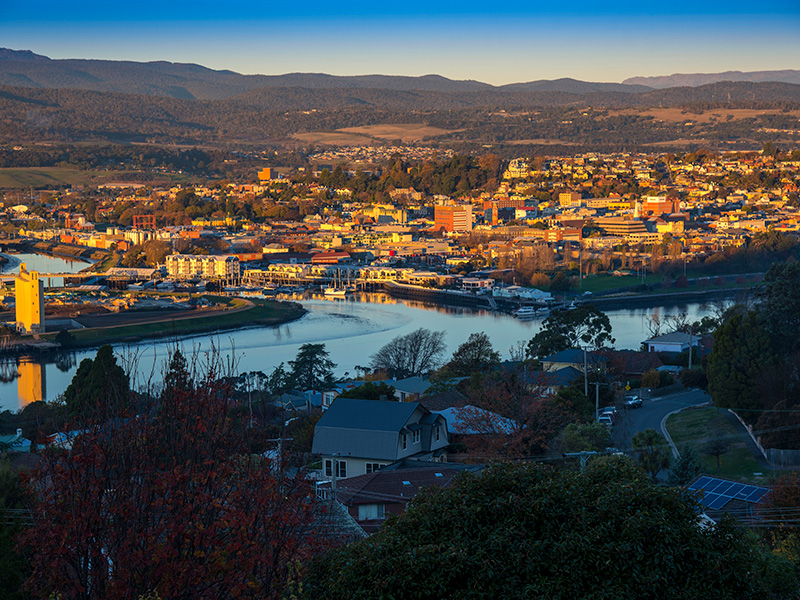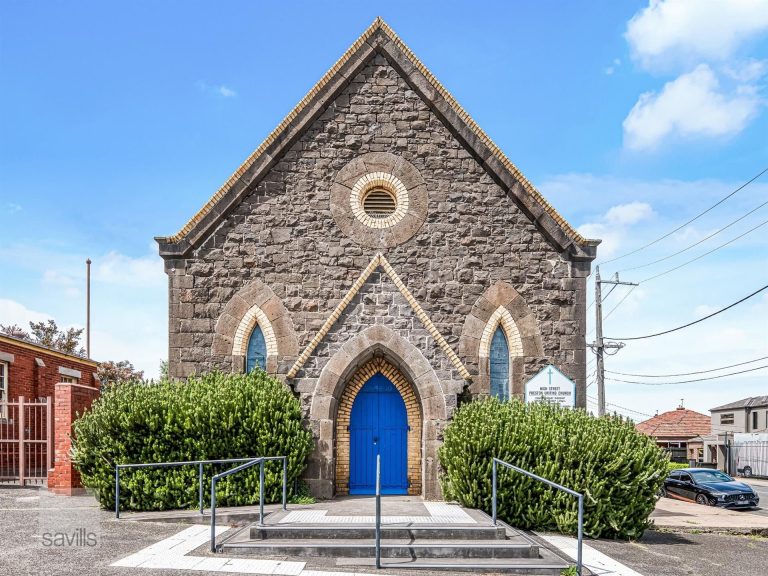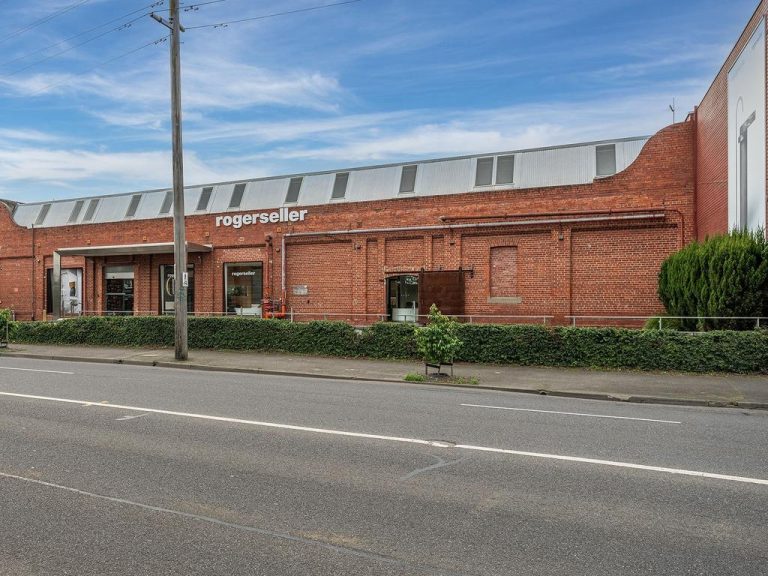Launceston industrial land is pulling Tasmanian, mainland and offshore buyers

As the oxygen continues to flow around northern Tasmania’s economy, the once-ignored precinct adjacent to Launceston Airport now contains some of the most sought-after industrial real estate on the island.
Its proximity to highway corridors has been significant during the pandemic, when a rise in e-commerce coupled with supply chain disruption from the mainland have underscored the importance for Australian distributors to have a local base in Tasmania.
Ben Humphreys, director of Launceston-based Humphreys Real Estate, said demand there has “increased dramatically”.
“It’s the strongest I’ve known it to be for industrial land since I’ve been in real estate, which is 17 or 18 years,” he said.
The TRANSlink Industrial Precinct is 15km southwest of Launceston’s CBD and 1.5km from the Midland Highway, ensuring fast access to Hobart, Devonport Port and the Port of Burnie.

The precinct is located next to Launceston Airport, a 15-minute drive to Launceston with excellent access to the Midland Highway. Picture: realcommercial.com.au/sold
While there are no sites currently for sale, Regional Development Australia says there is capacity for more adjacent land to be rezoned in the future.
David Webster at Knight Frank Launceston said the land was once considered “too far away” from town and hard to sell.
He now describes it as a “brilliant site” for both local and mainland buyers.
“Tasmanian-based businesses want to capitalise on the central location while mainland distributors have seen a reason to have a local distribution arm rather than bringing everything in by order on the boats,” he said.
The demand for local
PropTrack economist Anne Flaherty said the last two years have forced companies to “rethink their logistics strategies”, with Launceston the obvious choice for investors looking at Tasmania.
“Companies are starting to think, ‘hang on, I need some local space for my business’. Supermarkets, where shelves were stripped bare, will be thinking about having storage spaces, food production spaces, closer to their markets.”
It comes as online purchases in Australia have skyrocketed, accounting for a record 16.3% of total retail in 2020, according to Australia Post.
“Launceston creates a lot more opportunity than somewhere down south,” Ms Flaherty said. “It enjoys a more central location, which for the industrial and logistics sector is everything.”
Tenants currently in the precinct include Statewide Independent Wholesalers, SRT Logistics, TasFreight, Vos Constructions, Nufarm, Tyremax, Elders and United Petroleum.
Agents say there’s demand from owner occupiers to develop the sites plus demand from tenants, while investors are also wanting to park their money in fully leased passive investments.
A development site at 4 Hughes Court, sold through Knight Frank went to an international company that is building warehouses currently on the pre-lease market and receiving a number of enquiries.
Two further lots on Hughes Court and another at 4 Gatty Street, all sold through Knight Frank, went to Tasmanian investors seeking warehouse space.

Across the road from Launceston Airport, this property comprising a warehouse/workshop, offices and amenities as well as a sealed yard across 3,143sqm received high levels of interest. Picture: realcommercial.com.au/for-sale
Meanwhile expressions of interest have closed on a warehouse and offices at 190 Evandale Road, for sale through Humphreys.
“The level of interest exceeded my expectations,” Mr Humphreys said.
Airport upgrade could offer further boost
The adjacent Launceston Airport, quiet during the pandemic, is also expected to create noise in the local market thanks to a $10.3 million upgrade that includes an air freight cargo facility.
Pre-COVID in 2019, passenger numbers had grown to a record 1.39 million. This number is forecast to grow to 2.49 million by 2040.
Agents say the airport upgrade is yet to impact the commercial property market, but Ms Flaherty said such a significant infrastructure investment can only benefit the local economy.
“If it makes doing business easier, if it makes bringing in goods easier, if it increases tourism, all of those things have a flow-on effect. Over the long term it will be good for the city.”

Tasmania’s second airport, which only carries domestic passengers and freight, was seeing record numbers of people pass through pre-COVID. Picture: Getty
Joe Stansfield, regional director of Launceston for Acumentis, said it will “be interesting to see” how a rise in visitor numbers will impact the market.
He said the demand for land at Launceston airport is indicative of an “extremely strong” economy across northern Tasmania, supported by healthy performance across industries such as agriculture and construction, major road upgrades and steady housing demand.
“Post-COVID, who knows if the boom that’s driven our market will fall back off, or whether the rise in tourism will spur that market even higher.”
Mainland buyers expected to remain committed
Mr Stansfield said businesses who have bought land in Launceston are likely to stay beyond COVID.
“You don’t just buy land and build industrial warehouses particularly when building prices are getting very strong without hoping to have a medium- or long-term commitment.”
Ms Flaherty said the heat in the industrial property market across northern Tasmania could even intensify thanks to domestic investors priced out of Sydney and Melbourne.
“A market like Launceston, I think you’ll see increased demand from domestic players in that space as they seek opportunities where they don’t have to compete with that institutional and offshore capital.”







